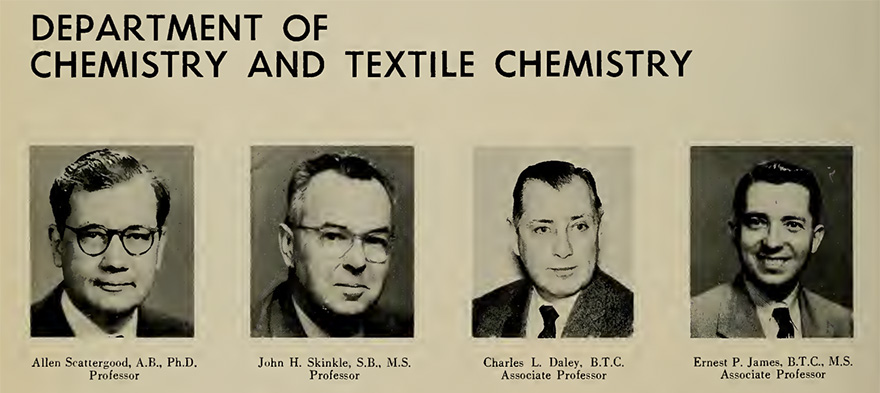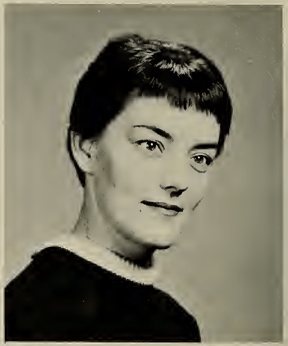
May 25, 2017 12:00:00 AM
 “Engineering drawing was where I learned to smoke,” Gigi recalls. “It was not one of my better subjects.” Nevertheless, she persisted. In high school, Gigi graduated second in her class and won a scholarship to Lowell Tech. But like many first-generation college students today, she was shocked to find herself ill-prepared. “We had pretty low-level classes [in high school] but I didn’t know that. At the time, I was perfectly happy.” But she saw her grades slip sophomore year, in part because her high school counselors hadn’t stopped her from making a mistake—skipping important higher-level math classes. However, she quickly rebounded and made Dean’s List as a junior. Gigi relished campus social life and activities. The things she joined: Phi Sigma Rho, “a social sorority for women in engineering and engineering technology.” Newman Club, part of a network of campus societies that began in the 1800s to help Catholic students, who faced discrimination in secular colleges, find support and live their faith. Tech Players, the college theatrical society. Gigi didn’t take the stage, but she made sure the goat never missed a cue in the production of
Mr. Roberts.
“Engineering drawing was where I learned to smoke,” Gigi recalls. “It was not one of my better subjects.” Nevertheless, she persisted. In high school, Gigi graduated second in her class and won a scholarship to Lowell Tech. But like many first-generation college students today, she was shocked to find herself ill-prepared. “We had pretty low-level classes [in high school] but I didn’t know that. At the time, I was perfectly happy.” But she saw her grades slip sophomore year, in part because her high school counselors hadn’t stopped her from making a mistake—skipping important higher-level math classes. However, she quickly rebounded and made Dean’s List as a junior. Gigi relished campus social life and activities. The things she joined: Phi Sigma Rho, “a social sorority for women in engineering and engineering technology.” Newman Club, part of a network of campus societies that began in the 1800s to help Catholic students, who faced discrimination in secular colleges, find support and live their faith. Tech Players, the college theatrical society. Gigi didn’t take the stage, but she made sure the goat never missed a cue in the production of
Mr. Roberts.
Maureen Kelleher is Editorial Director at Future Ed. She was formerly Editorial Partner at Ed Post and is a veteran education reporter, a former high school English teacher, and also the proud mom of an elementary student in Chicago Public Schools. Her work has been published across the education world, from Education Week to the Center for American Progress. Between 1998 and 2006 she was an associate editor at Catalyst Chicago, the go-to magazine covering Chicago’s public schools. There, her reporting won awards from the Annie E. Casey Foundation, the International Reading Association and the Society for Professional Journalists.
The story you tell yourself about your own math ability tends to become true. This isn’t some Oprah aphorism about attracting what you want from the universe. Well, I guess it kind of is, but...
If you have a child with disabilities, you’re not alone: According to the latest data, over 7 million American schoolchildren — 14% of all students ages 3-21 — are classified as eligible for special...
The fight for educational equity has never been just about schools. The real North Star for this work is providing opportunities for each child to thrive into adulthood. This means that our advocacy...
Your donations support the voices who challenge decision makers to provide the learning opportunities all children need to thrive.
Ed Post is the flagship website platform of brightbeam, a 501(c3) network of education activists and influencers demanding a better education and a brighter future for every child.
© 2020–2024 brightbeam. All rights reserved.
Leave a Comment